How a Dump-yard transformed into urban forest? A case study
- Home
- How a Dump-yard transformed into urban forest? A case study
How a Dump-yard transformed into urban forest? A case study

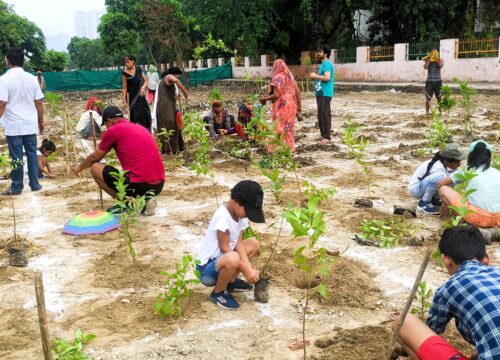
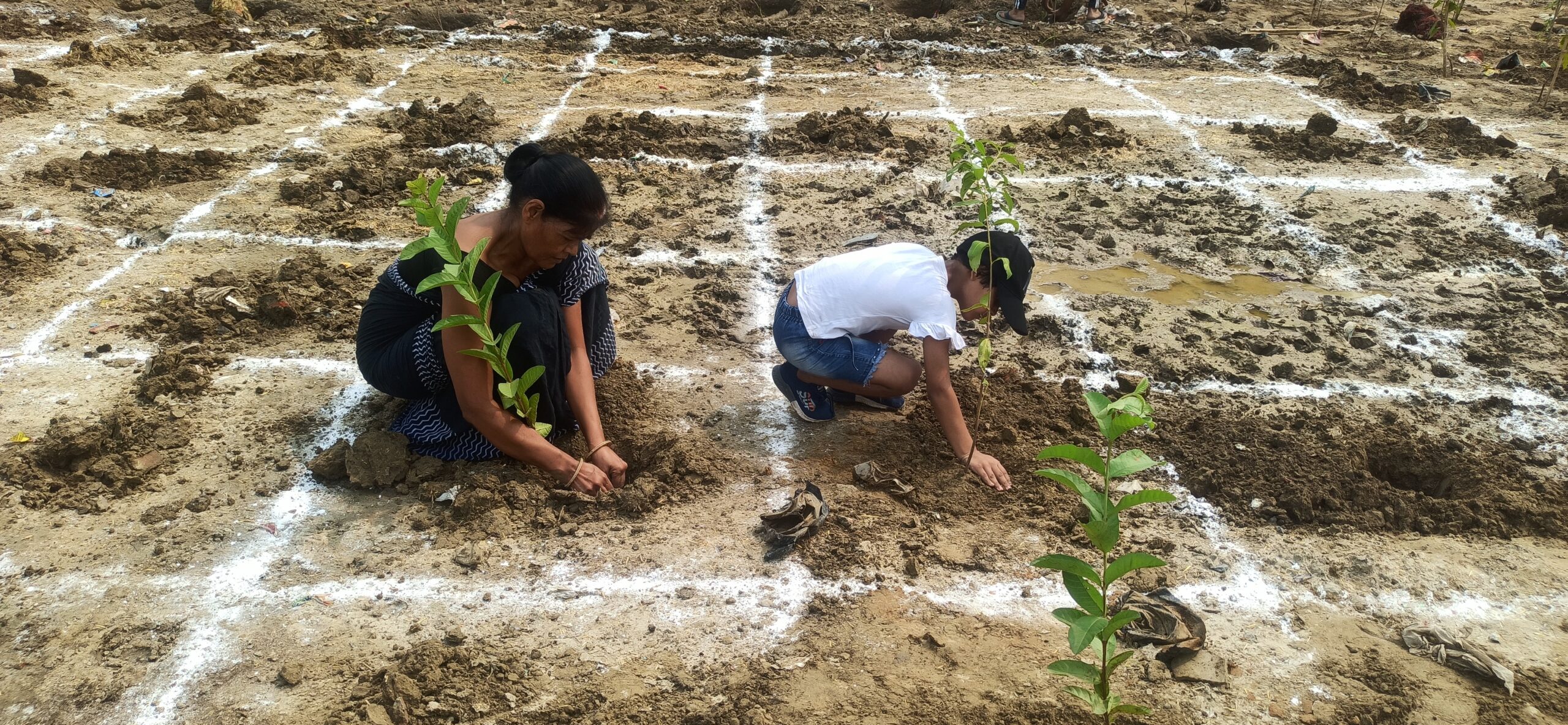
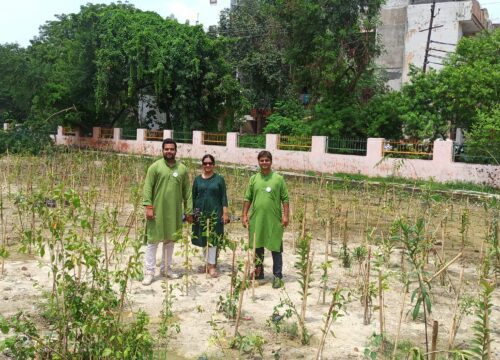
Transforming Pratap Vihar Dumpyard into Urban Forest
Project Background
Let’s go through a case study of how a Dump-yard transformed into urban forest?
Pratap Vihar, once a neglected and garbage-filled area, has been transformed into a sustainable green space through collective action and innovative practices. Inspired by the Miyawaki method, the project focused on densely planting diverse native tree species to mimic natural forests and restore ecological balance where once a dump-yard and anti-social aura was disrupting normal lifestyle. This approach highlights the adaptability of native species to local conditions and ensures long-term sustainability.
Objectives
Rehabilitate a garbage-filled wasteland into a green area.
Enhance biodiversity and ecological balance using native tree species.
Engage the local community in sustainable practices.
Improve air and soil quality in the region.
Method
Miyawaki : Miyawaki forests are known for their rapid growth and high density. In India, these forests have shown remarkable growth within a short span, providing dense green cover in urban areas. This quick turnaround is essential in cities facing rapid urbanization and diminishing green spaces.
In the Miyawaki method, trees grow about 10 times faster. Once stabilized, the forest is left to flourish, forevermore, on its own without further interference. Miyawaki has planted over 40 million trees in this way, in 15 countries, including, especially, his own.
Site Preparation:
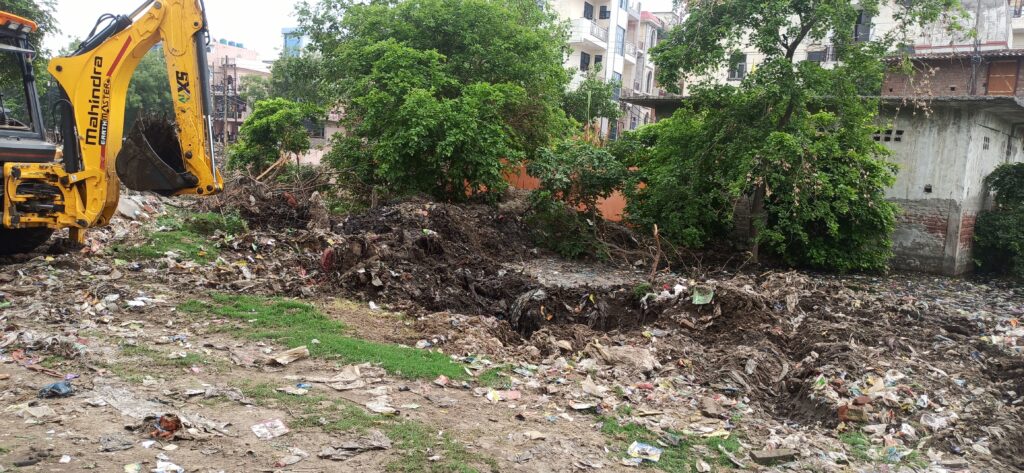
Extensive clearance of garbage and waste materials.
Soil testing and amendment using organic compost.
Installation of fencing to protect the area from further degradation.
Plantation Process:
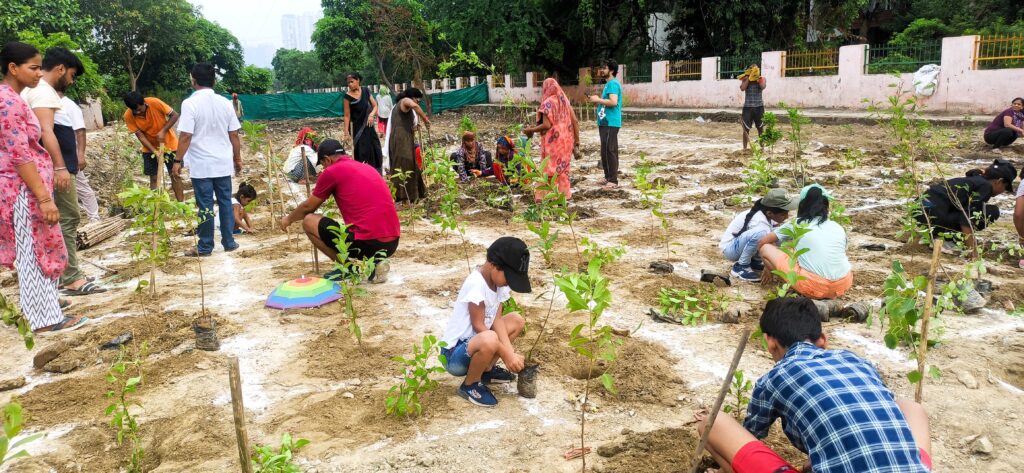
Selection of native plant species for optimal growth and ecosystem restoration.
Implementation of the Miyawaki method for rapid forestation.
Conducting plantation drives with volunteers and community members.
Post-Plantation Maintenance:
Regular watering and monitoring of plant health.
Employing local residents for maintenance to ensure sustainability.
Installation of drip irrigation systems to conserve water.
Results
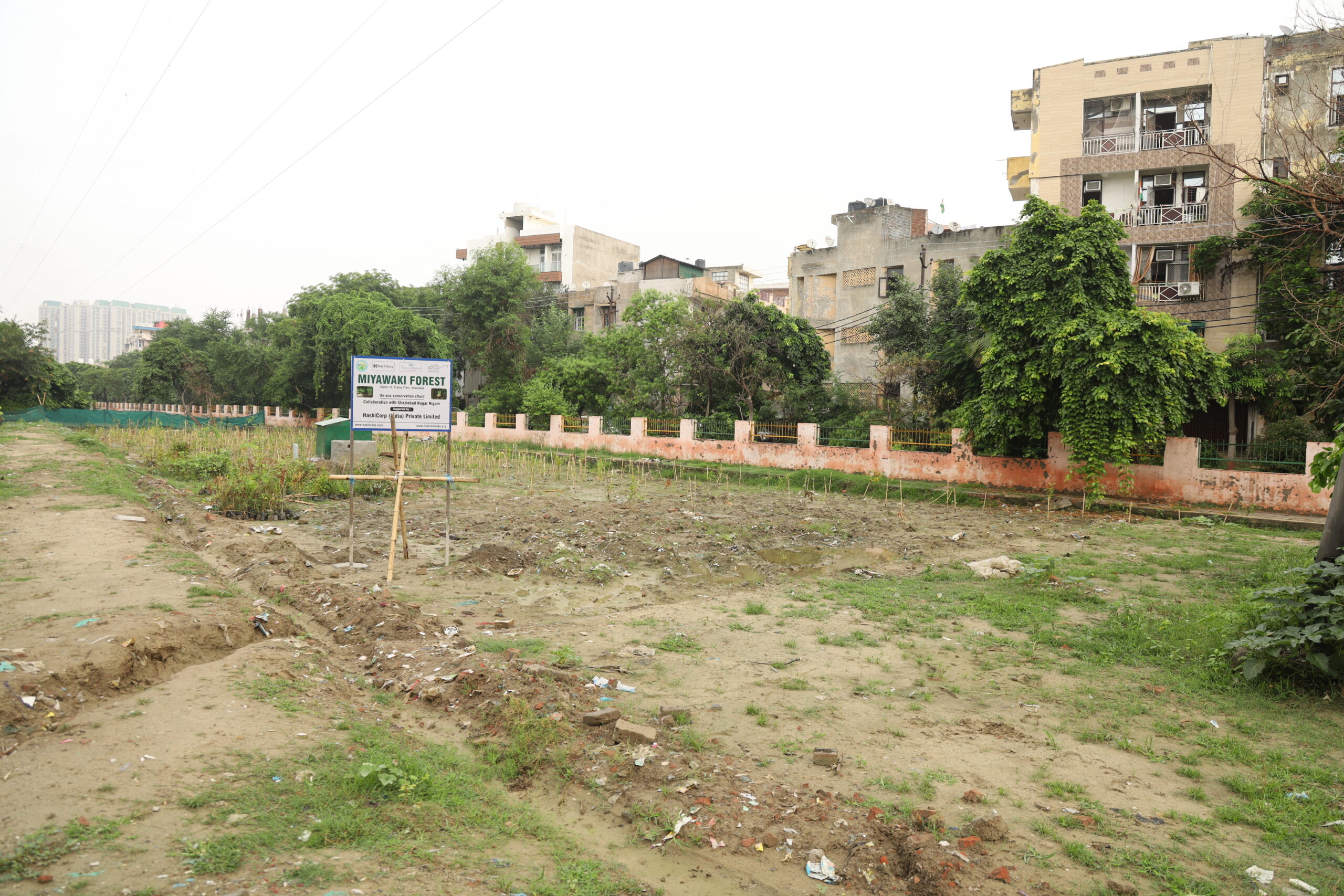
Environmental Impact:
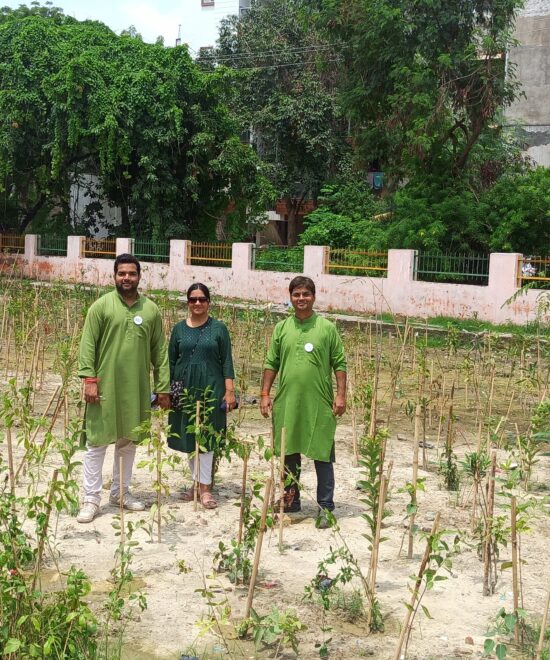
Improved air quality due to increased green cover.
Reduction in soil erosion and enhancement of soil fertility.
Creation of a microclimate favorable for both flora and fauna.
Biodiversity Enhancement:
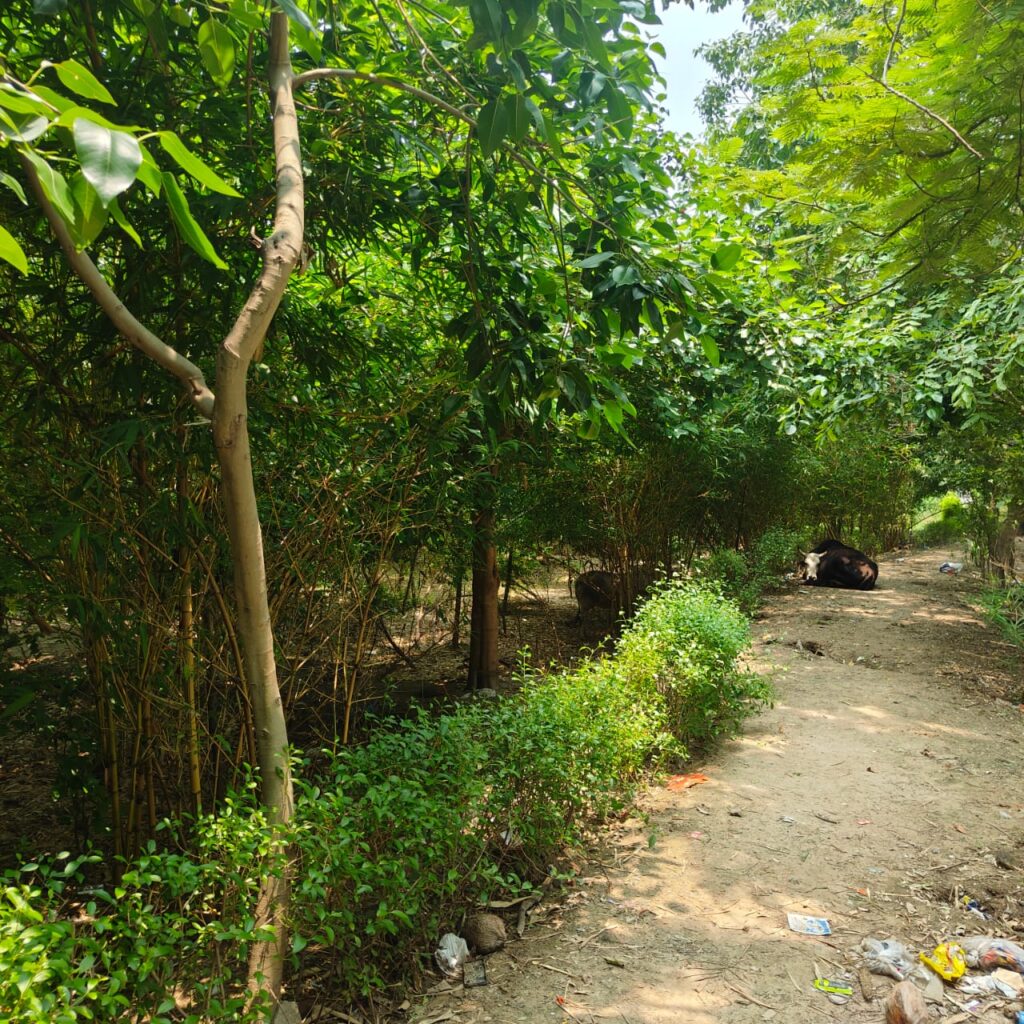
Increased habitat for native wildlife species.
Restoration of ecological balance through diverse plantations.
Encouraging pollinators and other beneficial species.
Socio-Economic Benefits
Employment opportunities for local residents in maintenance and monitoring.
Enhanced community awareness and participation in environmental conservation.
Creation of a recreational green space for the local population.
Challenges:
Overcoming resistance from locals initially unaware of the benefits.
Ensuring consistent funding and resources.
Addressing unpredictable weather conditions affecting plant growth.
Conclusion


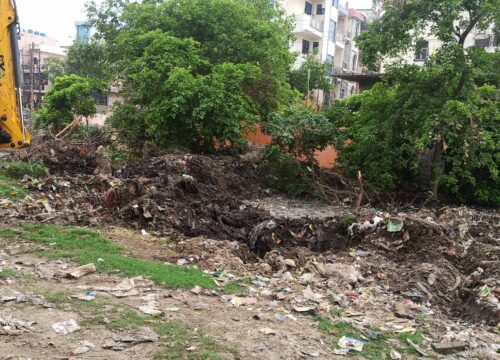
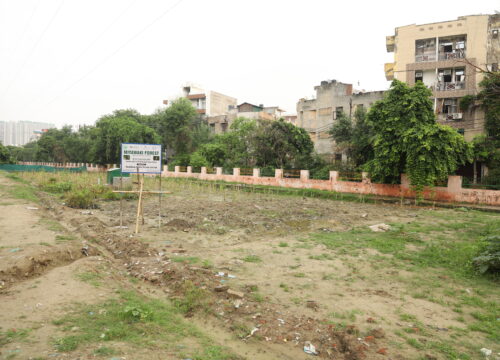
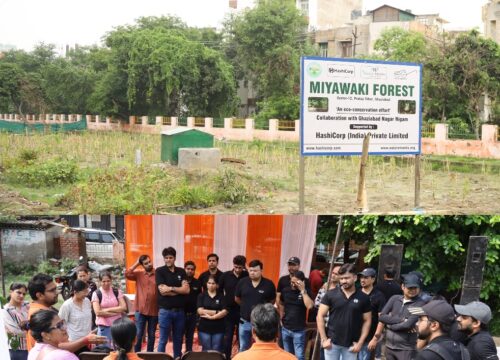
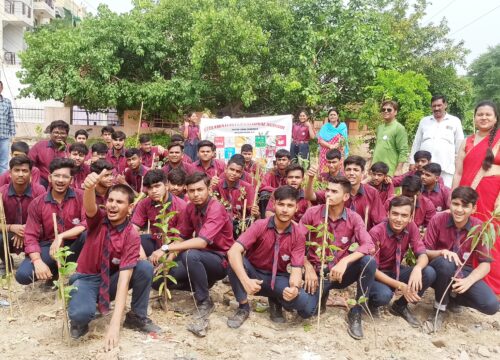
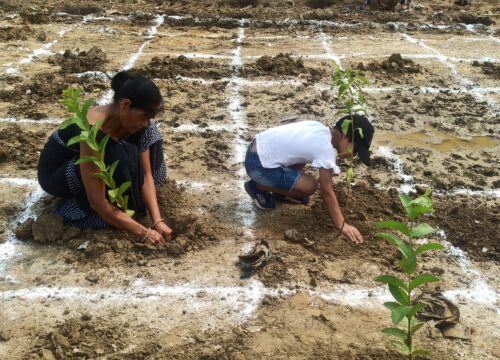
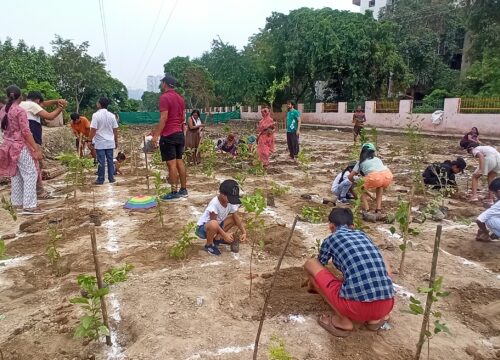
The Pratap Vihar project is a shining example of how the Miyawaki method, combined with sustainable practices and community involvement, can rejuvenate degraded land. The initiative has set a precedent for similar projects in other areas, showcasing the potential of collective action to create lasting change.
Future Directions
Expand the green initiative to adjacent areas.
Introduce educational programs for schools to foster environmental stewardship.
Develop eco-tourism opportunities to sustain the project financially.

